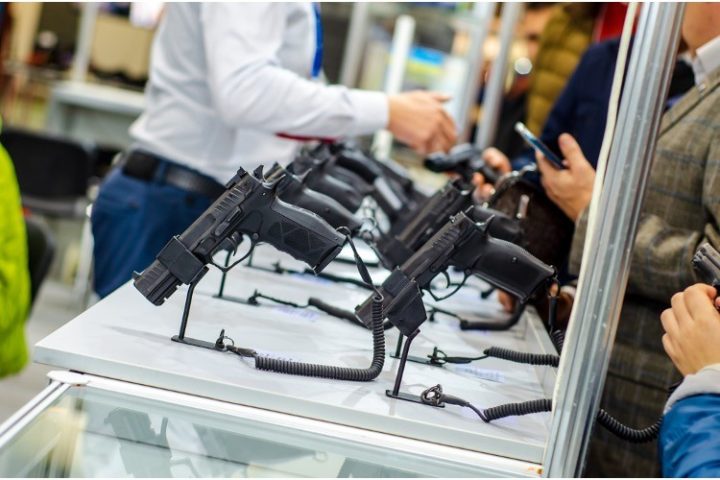
This week, a district court in Oregon is hearing the complaint filed by two gun owners that the hotly contested Measure 114 violates Oregon’s state constitution. That law was barely ratified by Oregonians last November by the slimmest of margins, 50.65 percent to 49.35 percent, or by less than 25,000 votes out of nearly two million votes cast.
The measure requires a permit to buy a firearm, and that permit requires the payment of a fee, a photo ID, fingerprinting, proof that the applicant has successfully passed a gun safety course approved by the state, and a criminal background check.
It also prohibits the “manufacturing, importing, purchasing, selling, possessing, using, or transferring magazines capable of holding more than 10 rounds.”
A federal court has already ruled that the measure has passed constitutional muster, so this trial represents another attempt to invalidate it. This would set the stage for an appeal to the state’s supreme court, and from there, to the U.S. Supreme Court.
The Second Amendment to the U.S. Constitution doesn’t apply in this case (at least, not yet), but the Bruen ruling from last summer most certainly does. To his credit, the district court judge, Robert S. Raschio, has limited the complaint and its defense to the language of the state’s constitution.
The right to possess a firearm isn’t high on the list of rights protected in the Oregon state constitution, ratified in 1859. It appears in Section 27: “The people shall have the right to bear arms for the defense of themselves, and the State.” Period. Nothing is said about “shall not be infringed.”
The plaintiffs, Clifford Asmussen and Joseph Arnold (the Arnold in Arnold v. Topek) wrote in the complaint that it’s the ruling in Bruen that applies:
There are no “ifs, ands or buts,” and it does not matter (even a little bit) how important, significant, compelling, or overriding the government’s justification for or interest in infringing the right.
It does not matter whether a government restriction “minimally” versus “severely” burdens (infringes) the Second Amendment.
There are no relevant statistical studies to be consulted. There are no sociological arguments to be considered. The ubiquitous problems of crime or the density of population do not affect the equation.
The only appropriate inquiry then, according to Bruen, is what the “public understanding of the right to keep and bear arms” was during the ratification of the Second Amendment in 1791, and perhaps during ratification of the Fourteenth Amendment in 1868.
Plaintiffs are providing historical evidence that at the time the Oregon constitution was ratified in 1859 there was little historical evidence of such requirements, and certainly almost none regulating magazine capacities. The defendants have their work cut out for them, as Judge Raschio himself has said that Bruen is the basis upon which he will rule. He’s already issued the restraining order against Measure 114, which has neutered implementation of it until now. And, as Cam Edwards, writing for Bearing Arms, put it: “He’s made it clear that he’s not interested in hearing the state try to justify the new restrictions through emotional appeals.”
Said Raschio:
The question is whether or not Measure 114 is facially constitutional under the Oregon Constitution.
So all of that evidence is outside the scope of the court’s purview since I’m not making a policy decision. I’m just making a determination on the constitutionality of the ballot measure.
The trial is expected to last less than a week, with the judge’s ruling expected shortly thereafter.



